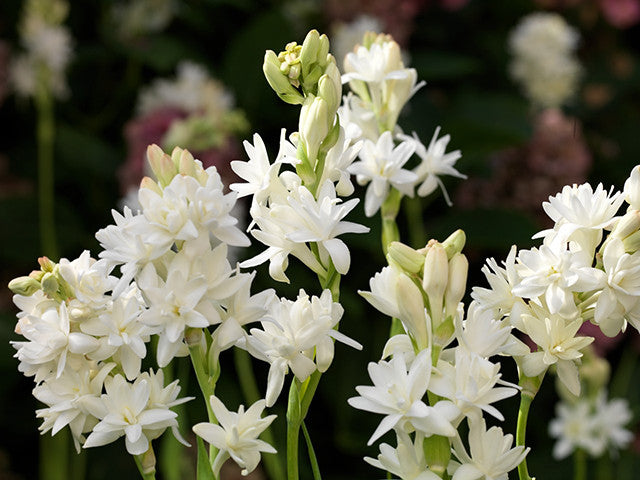
Growing Polianthes or Tuberose Bulbs for a Fragrant Garden
We usually associate the sweetest floral fragrances with spring, but summer can be just as fragrant. One of the best plants to achieve this is the regal Polianthes or Tuberose. It’s not to be confused with the Polyanthus Primula, but though the names may be similar, the growth habit and blooms are vastly different. The Tuberose is a tall, elegant bulbous plant with pink or white blooms. Its scent is reminiscent of Gardenias, and it was once widely used as a basis for perfumes. But its association with humankind goes back a long way.

Historical facts make Tuberoses even more appealing
Explorers brought the first Polianthes bulbs to Europe from Mexico, and we can only imagine how impressed they must have been with the appearance and fragrance of the blooms. The Mexicans revered and actively cultivated the Polianthes as a sacred flower associated with their god of art, love and beauty.
Nobody knows how long ago Mexicans started cultivating Tuberoses, but when Cortez arrived in Mexico, it was already a widely-cultivated plant. Cortez noticed the tuberose even though he wasn’t all that interested in horticulture, but a French missionary was the first to bring it to Europe. Linnaeus, the father of modern botany, gave it its Latin name Polianthes tuberosa in 1737. The name “Polianthes” means “shining flower”, so Linnaeus was clearly very impressed!

In England, the white version was very popular in the Victorian era. Victorians loved including it in almost any flower arrangement and often chose it as a funeral flower. We assume that this was because of its white colour which must have looked striking amongst the obligatory black clothing of the mourners. Fortunately, these morbid associations have long faded into history, and today we celebrate Tuberoses as some of the most wonderfully scented flowers in the word.
Strangely, Polianthes aren’t found in the wild in Mexico any more, although they must once have grown there. If people stopped growing these flowers as ornamentals, they would become extinct.
Growing potted Tuberoses
Planting your Polianthes in pots is a great way to make the most of the fragrance. Place the pots on your patio, and the scent-cloud won’t have to waft across your whole garden before it reaches you. If you’d like to try this trick, you will first need to find the correct containers.
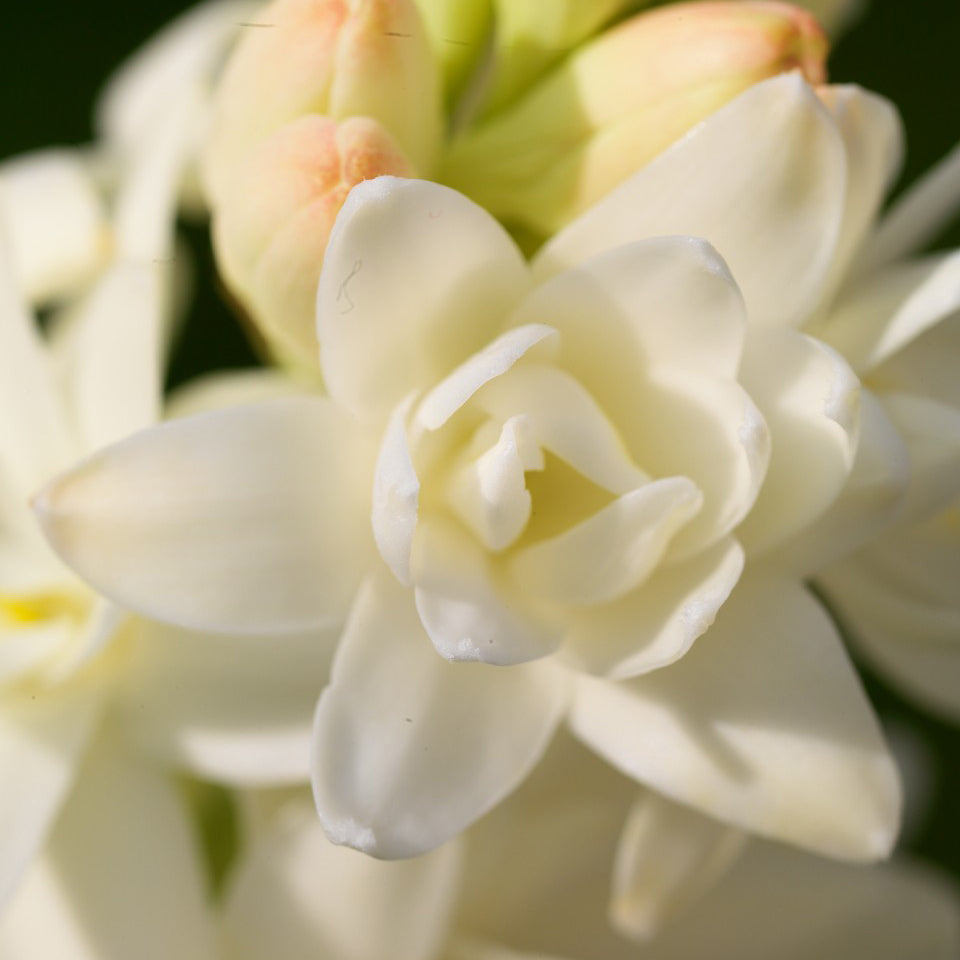
Remember, the blooms are 70-80cm tall, so choose a pot that will be in proportion. Good drainage is absolutely essential, so ensure that the pot has generous drainage holes and consider elevating it on pot-feet to help it drain more efficiently. You can also place the pot in a drip tray lined with gravel to help drainage. Repurpose the same pot for late winter bloomers, replacing them with Tuberoses in springtime.
If you’d like to grow Tuberoses indoors, remember that they’ll need lots of sunshine, and place your pot close to a south-facing window where it will get sun almost all day long.
Polianthes in beds and borders
Although occasional clumps of Polianthes can be pretty, mass-plantings are certainly the most striking, and with their tall blooms, they can be an excellent backdrop planting in beds and borders. If you stagger your plantings about two weeks apart, you’ll get a succession of flowers. And as Linnaeus suggested when naming them, they really are “shining flowers”.

Your Tuberose will like a well-composted, free-draining soil, so dig in plenty of organic matter prior to planting. Despite their love of drainage, they like fairly frequent watering. If your soil preparation is good, it will be easy to keep them moist without waterlogging.
Growing your Polianthes is really easy, but if you want to preserve the rhizomes for next spring, you will need to give them a little extra care after flowering unless you live in an area with a mild winter climate.
Tuberoses as cut flowers
Using Polianthes as a cut flower is an established tradition, but the vase life is a little short. However, you can make them last longer if you treat them correctly. Wait until 80 percent of the flowers open before cutting the stems. Cut them early in the morning and place them in a 20 percent sugar solution. The sturdier the stems, the longer they’ll last.

Combine them with pink roses for a very traditional and romantic look. Change the water daily to prevent bacterial build-up that blocks water absorption and keep your flower arrangement out of direct sunlight and drafts.
Saving Polianthes rhizomes for next season
Like all deciduous bulbs, Tuberoses have a dormant period. Since they naturally prefer warm climates, the winter chill can damage tubers. If temperatures drop below -7 degrees, you will need to lift them and store them, and overly wet soils can also cause the rhizomes to rot.
If you choose to lift your Tuberose rhizomes, wait until the foliage has yellowed and died down. After digging them up, shake all the excess soil off the roots, cut off the dead foliage, and leave them air dry for a week or two before storing them in well-ventilated containers.
As soon as the last frosts have passed, it’s time to start planting again!
The big advantages of Tuberoses
There are tons of advantages in store when you choose tuberoses. Here’s my own little summary:
- Easy to grow: you’ve got to love that! Even beginner gardeners will have no difficulty growing them.
- Gorgeously scented flowers really lift your mood.
- Pretty blooms that would be worth growing even if they weren’t scented.
- Great for pots or in garden beds.
- Fabulous cut flowers!
- Rebloom them year after year – the rhizomes keep getting bigger.
- Most people don’t know this plant anymore, so people notice it and ask you about it.
Tuberose (Polianthes) varieties
The really old-fashioned Tuberoses have single blooms, and they’re still very pretty, but the double variety “The Pearl” produces much showier flowers that still have the magnificent scent. “Sensation” and “Pink Sapphire” on the other hand are fabulously girly soft pink. It’s pretty scarce, but Farmer Gracy has them in stock























































































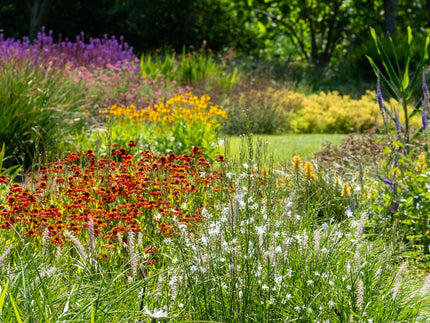
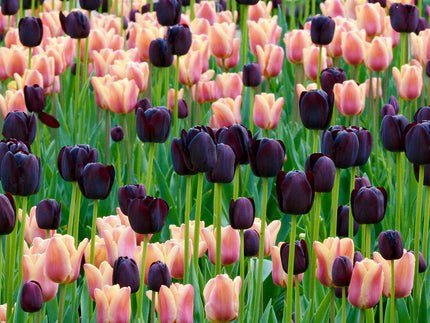



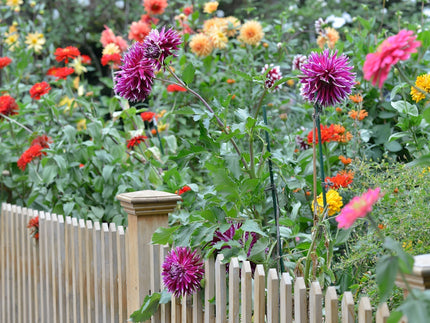

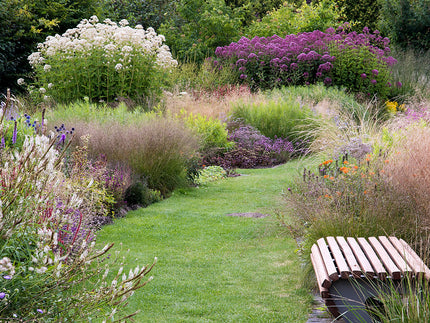
7 comments
First year my outdoor pot grown polianthes tuberosa was magnificent this year lots of green but no flowers. Should I put it in the greenhouse for the winter
probably my fourth attempt at Tuberose growing and still nothing blooms. I check pots, drainage compost and plenty of shoots no flowers also only left outdoors when temperature was warming up any suggestions